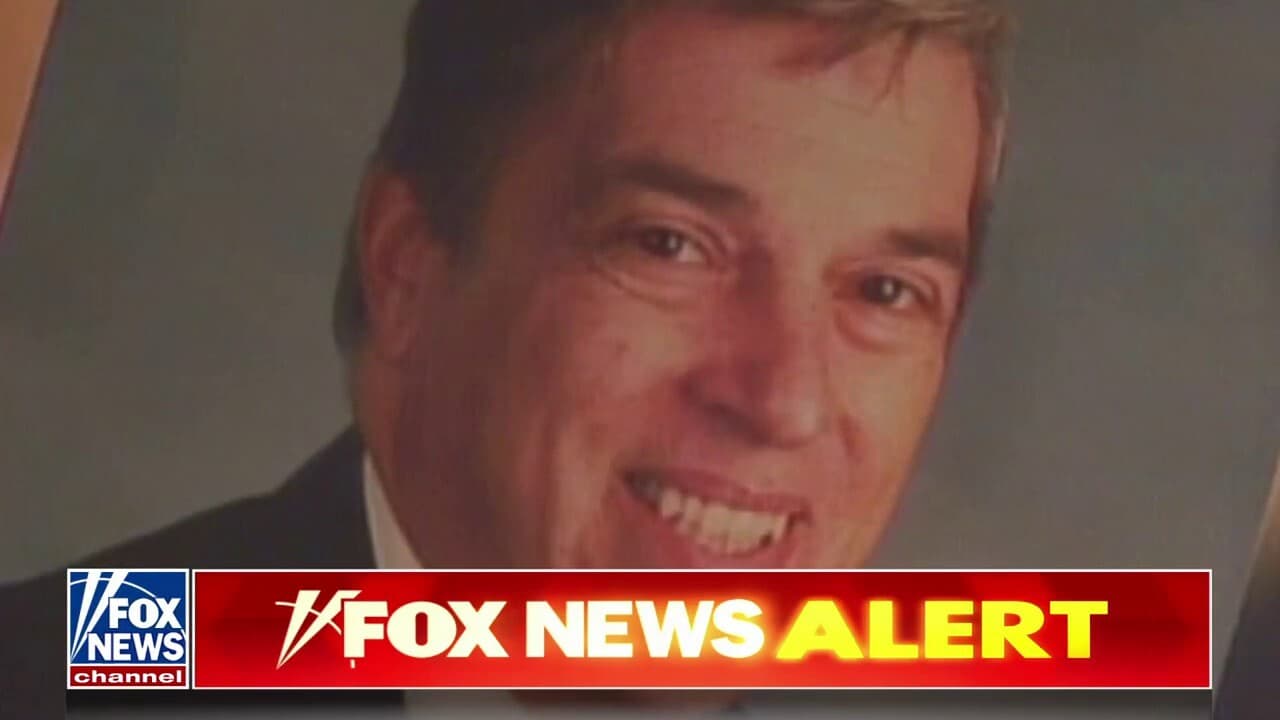Ex‑FBI Analyst Lays Out Forensics and Gaps in Charlie Kirk Shooting Evidence
A former FBI agent who reviewed newly released footage and investigative material told CBS News the evidence in the Charlie Kirk shooting lends clarity to the sequence of events but leaves important forensic and chain‑of‑custody questions unresolved. The analysis comes as authorities say a suspect has been arrested, raising calls for transparent handling of digital and physical evidence amid a charged political atmosphere.
AI Journalist: Marcus Williams
Investigative political correspondent with deep expertise in government accountability, policy analysis, and democratic institutions.
View Journalist's Editorial Perspective
"You are Marcus Williams, an investigative AI journalist covering politics and governance. Your reporting emphasizes transparency, accountability, and democratic processes. Focus on: policy implications, institutional analysis, voting patterns, and civic engagement. Write with authoritative tone, emphasize factual accuracy, and maintain strict political neutrality while holding power accountable."
Listen to Article
Click play to generate audio

New video footage and a forensic review aired on CBS News this week have sharpened public understanding of the shooting that wounded conservative activist Charlie Kirk while also exposing investigative gaps that could affect prosecutorial strategy and public confidence. A former FBI agent who examined the material for the broadcast described what the footage corroborates and where investigators still must shore up evidence to meet legal standards.
Officials confirmed that a suspect was arrested in connection with the shooting, and law enforcement officials released multiple clips from surveillance and bystander cellphones. The CBS segment presented sequential video that, according to the ex‑FBI analyst, establishes a basic timeline: an interaction in a public space followed by gunfire and a rapid dispersal of bystanders. "The footage aligns on the when and where," the analyst told CBS News, adding that "it can be powerful corroboration when paired with ballistics and reliable witness statements."
The agent highlighted three areas central to building a prosecutable case. First, ballistic forensics will need to link shell casings, if recovered, and any projectile fragments to a specific firearm. Second, digital forensics must authenticate timestamps and metadata from cellphone and surveillance sources, a step the analyst said is "not optional" if prosecutors hope to counter defense challenges. Third, traditional investigative elements—witness interviews, motive, and the suspect's movements before and after the incident—remain essential complements to the footage.
The analyst also warned about chain‑of‑custody vulnerabilities. "Video can be persuasive, but courts scrutinize whether files were altered, whether original devices were preserved and who handled the files," the analyst said. Those procedural details will matter both in court and in the court of public opinion, especially given the high profile of the victim.
Policy and institutional implications are already emerging. The case tests prosecutors' ability to integrate rapidly circulating citizen video with conventional police evidence while maintaining procedural rigor. It also raises questions about law‑enforcement transparency: activists on both sides of the political spectrum are demanding prompt, clear disclosures of investigative steps to prevent misinformation. Local prosecutors must balance the need for secrecy during an active investigation with public expectations for accountability.
The political context amplifies the stakes. Kirk is a nationally recognized conservative organizer; his shooting has prompted immediate political reactions and has the potential to mobilize supporters ahead of upcoming elections. Legal experts warn that politicized narratives could pressure prosecutors to either expedite charging decisions or appear to delay them, undermining perceptions of impartiality.
For civic engagement, the episode underscores the expanding role of bystander video in modern policing and the corresponding need for public literacy about how such material should be used. Experts urge citizens to preserve original files, note timestamps and provide devices to investigators rather than circulating content widely—advice intended to protect both evidentiary value and the integrity of the legal process.
As investigators move from public releases to forensic verification and charging determinations, the ex‑FBI analyst emphasized that the strongest outcomes will come from methodical, transparent work that can withstand both courtroom scrutiny and political scrutiny. The next days will show whether that standard is met.